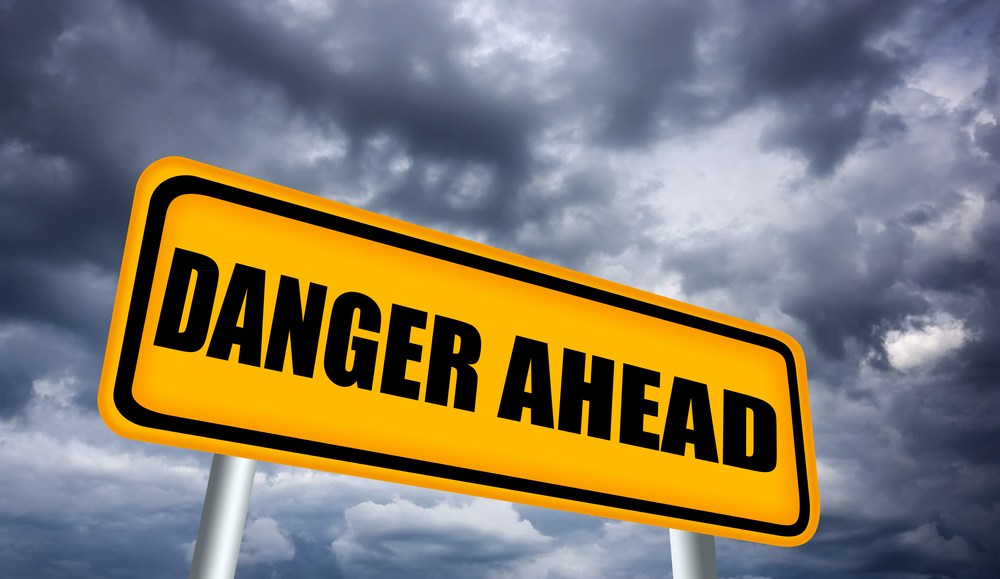
Ian Schafer is CEO of Deep Focus, a digital agency in New York. Follow him on Twitter @ischafer.
“Institutions will try to preserve the problem to which they are the solution” — Clay Shirky
I probably invoke that quote once a day, to remind others and myself that, in case you missed it, we are in a constant state of disruption. If you don’t adapt, you will be disrupted. If you don’t disrupt yourself, someone will do it for you.
Yet I consistently hear from agency leaders that their organizations have never been more prepared. But let’s be honest with ourselves (pro tip: always a good idea). We must never be complacent about where are as a business or industry. Or that we’re “just fine, thank you very much.” Doing so is a disservice to our organizations, our people and our clients. We are supposed to be the ones that change because our clients’ organizations are too large or clumsy to, right?
The fact of the matter is that we are all behind — traditional and digital agencies alike. And we always will be. The ones that are closest to where consumers are will be the ones that are best prepared. Advertising doesn’t set trends much anymore, anyway — it capitalizes upon them. Brands are less likely to define what is relevant than ever before. Relevance lies in the hands of consumers (and the media that tries to curate trends for us). The agencies that will thrive are the ones that will be able to adapt to the fickleness of consumers and help their clients act faster and smarter. Any agency or agency leader that says they are comfortable with where they are and with how they do what they do just does not see the situation for what it is — uncomfortable and unpredictable. We are not close enough to overcoming attribution or even measurement challenges to feel comfortable. Everything is a moving target, and everything is in perpetual motion.
Furthermore, agencies, as they grow bigger, grow more unwieldy. They have to attract and retain talent that, when assembled together, yields the work that becomes the stuff of legend, and, yes, that is becoming more and more difficult by the day. It’s just how it is now. So, yes, something has to change. And that something is a lot of things, all the time. Smaller agencies have an agility advantage but nearly all become part of a larger organization (or become one themselves) at some point and will have to face the same music.
My agency is no stranger to this, either. For example, we started to see that the creative process and its business model were breaking down the deeper we got into social media. Constant, timely asset creation was mandatory but did not work within “normal” digital operational or financial models. We could not create assets intelligently, creatively, quickly or inexpensively enough to be as effective as we believed we needed to be. So we had to re-imagine and re-invent a significant part of our business to adapt, and our Moment Studio was born. And it, like us, will need to be in a constant state of flux. And frankly, both will always have a long way to go, because we are in the service business, a highly competitive space with downward pressure on margins and rising expectations for leadership. We have accepted that we must remain nimble enough to re-invent other areas of our business in our quest to be the best, and the best option for our clients. That means striving to be the best at disrupting ourselves. The only way to be well positioned for the future is to accept that it is uncertain and to structure your organization as one that is self-disruptive. The only certain part of the future for agencies is that we will continue to get consideration for our most commoditized services. You should not be OK with that.
Until you’re comfortable being uncomfortable and have positioned your organization to be inspired by that discomfort, you’ll continue to chase the macguffins of “efficiency” and “innovation” while preserving the problems that prevent us from rising above mediocrity. I rather like Newton’s First Law of Motion to capture the essence of this: “An object at rest stays at rest, and an object in motion stays in motion with the same speed and in the same direction unless acted upon by an unbalanced force.” If we’re not our own unbalanced force, another one will find us.
More in Marketing

Zero-click search is changing how small brands show up online — and spend
To appease the AI powers that be, brands are prioritizing things like blogs, brand content and landing pages.

More creators, less money: Creator economy expansion leaves mid-tier creators behind
As brands get pickier and budgets tighten, mid-tier creators are finding fewer deals in the booming influencer economy.

‘Still not a top tier ad platform’: Advertisers on Linda Yaccarino’s departure as CEO of X
Linda Yaccarino — the CEO who was never really in charge.





